The vast beauty of our oceans, with their rolling waves and diverse ecosystems, masks a growing crisis that threatens some of their most iconic inhabitants. Seabirds—those remarkable creatures that navigate vast oceanic distances, dive into depths, and connect marine and terrestrial worlds—are facing an unprecedented threat from humanity’s plastic addiction. From remote Arctic islands to tropical atolls, no seabird population has escaped the impact of plastic pollution. These magnificent birds, which evolved over millions of years to thrive in marine environments, now mistake colorful plastic pieces for food, feed them to their chicks, and become entangled in plastic debris. Their plight serves as a visible and urgent indicator of how plastic pollution has infiltrated every corner of our natural world, with consequences that extend far beyond what we can immediately observe.
The Scale of the Plastic Crisis Facing Seabirds
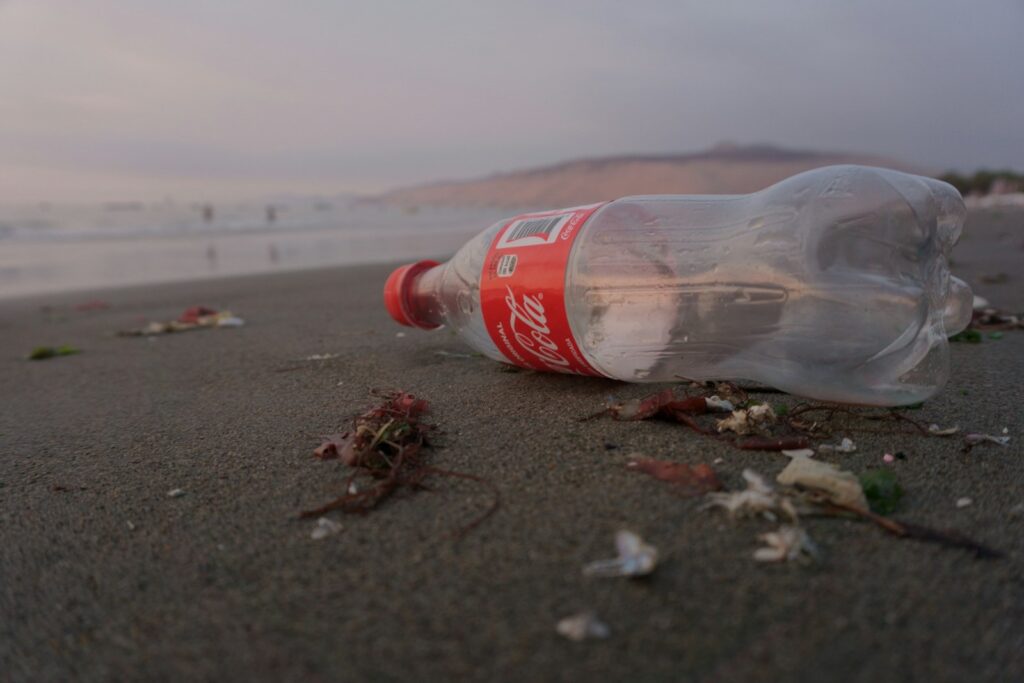
The numbers surrounding plastic pollution and seabirds are nothing short of staggering, with studies revealing that approximately 90% of seabirds worldwide have ingested plastic at some point in their lives. Research published in the Proceedings of the National Academy of Sciences projects that by 2050, this figure could rise to 99% if current pollution trends continue unchecked. Scientists estimate that over 8 million metric tons of plastic enter our oceans annually—equivalent to dumping a garbage truck of plastic into the ocean every minute. For seabirds specifically, researchers have documented more than 200 species affected by plastic ingestion or entanglement, representing over half of all seabird species globally and spanning every major seabird family from albatrosses to penguins.
How Seabirds Encounter Plastic in Their Environment
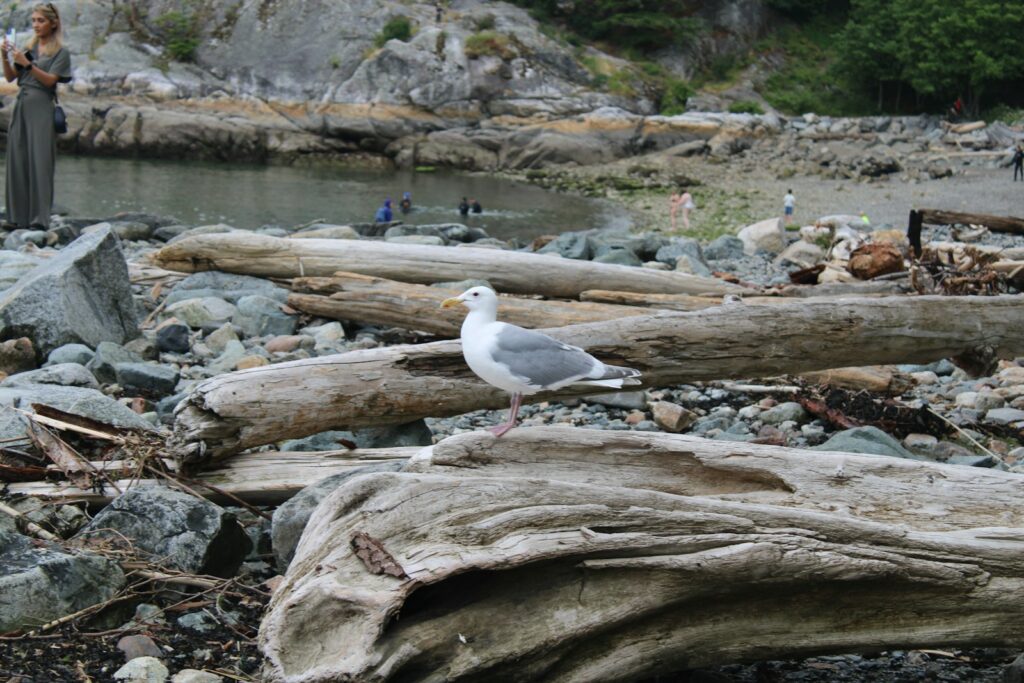
Seabirds encounter plastic pollution through multiple pathways in their marine environment, with feeding behaviors making them particularly vulnerable. Surface-feeding species like albatrosses and petrels skim the ocean’s surface where floating plastics concentrate, mistaking them for natural prey items like squid, fish, or crustaceans. Diving species such as gannets and boobies plunge into waters increasingly contaminated with suspended microplastics that are nearly impossible to distinguish from small fish. Coastal foragers like gulls and terns encounter plastic waste on beaches and in tidal zones where currents deposit accumulated debris. Even in remote polar regions, thousands of miles from major population centers, seabirds cannot escape this threat as ocean currents transport plastic pollution to every corner of the globe, creating no haven for these wide-ranging birds.
The Deadly Consequences of Plastic Ingestion
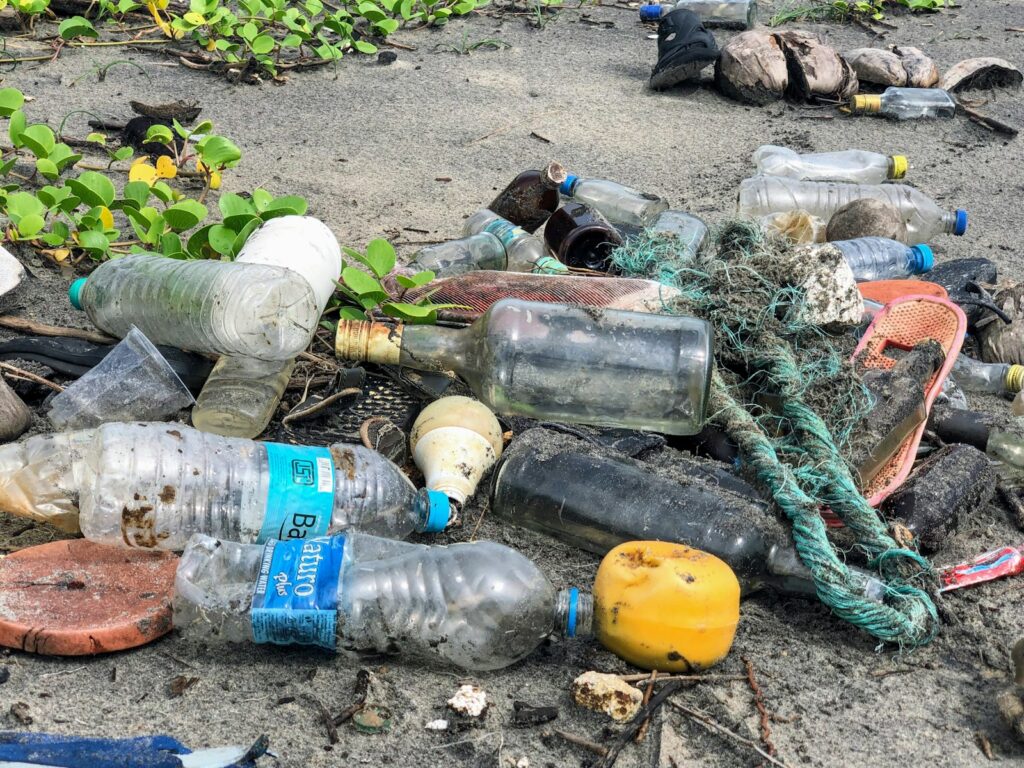
When seabirds ingest plastic, the consequences are often fatal and occur through several devastating mechanisms. The most immediate risk comes from gut blockage, where larger plastic pieces obstruct the digestive tract, preventing proper nutrition and causing slow starvation despite a seemingly “full” stomach. The sharp edges of plastic fragments can puncture internal organs, leading to infection, internal bleeding, and painful death. Less visibly but equally harmful, the toxic chemicals in plastics—including flame retardants, stabilizers, and persistent organic pollutants that adhere to plastic surfaces in seawater—leach into the birds’ systems, causing hormonal disruption, weakened immune function, and reproductive failures. A particularly heartbreaking study on Laysan albatross chicks revealed that many die with stomachs so full of plastic they can no longer ingest actual food, their bodies malnourished despite the false sense of fullness from indigestible materials their parents mistakenly fed them.
Entanglement: A Cruel Trap for Seabirds
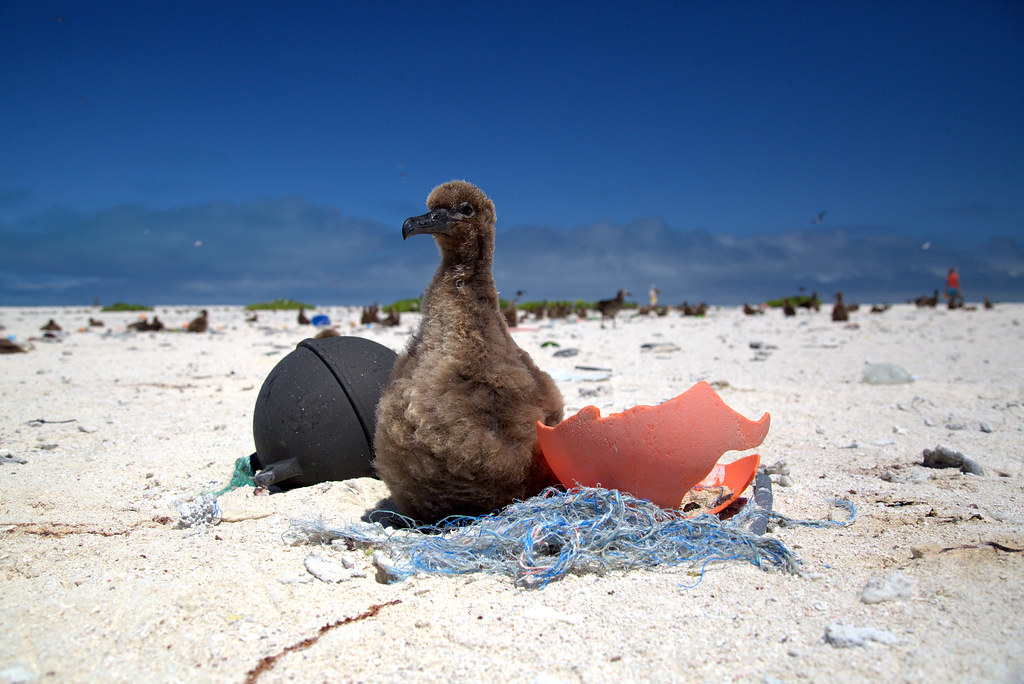
Beyond ingestion, plastic entanglement represents another deadly threat to seabirds worldwide, with fishing gear being particularly lethal. Abandoned fishing nets—often called “ghost nets”—continue to drift through oceans, entrapping birds that dive for fish and causing them to drown when they cannot return to the surface. Fishing lines and hooks catch on wings, beaks, and feet, leading to injuries, infections, and impaired mobility that compromise the ability to feed and escape predators. Even seemingly innocuous items like six-pack rings and packing straps form lethal nooses around necks and wings, cutting into flesh as birds grow or struggle to free themselves. The North Pacific Albatross populations demonstrate this tragedy clearly—researchers document thousands of individuals annually with plastic bands embedded in their flesh, having grown around limbs during development and causing progressive tissue damage, infection, and eventually death.
Microplastics: The Invisible Threat to Seabird Health
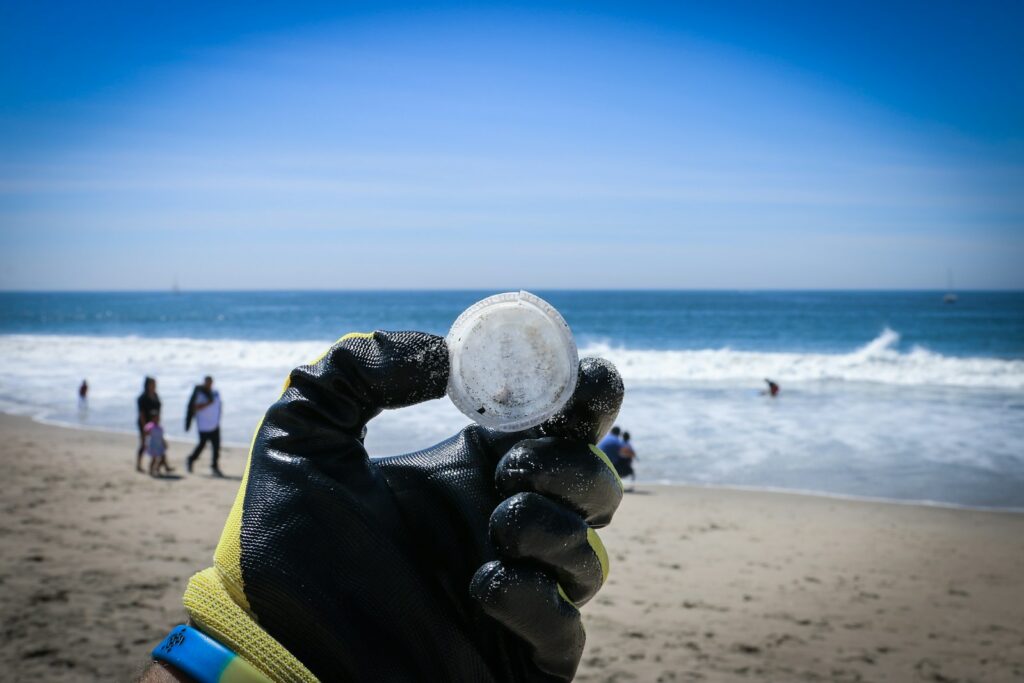
Microplastics—plastic fragments smaller than 5mm—represent a particularly insidious threat to seabird populations because of their pervasiveness and ability to infiltrate the entire marine food web. These tiny particles enter seabirds’ systems not just through direct consumption but also through their prey, as fish and invertebrates themselves consume microplastics that then bioaccumulate up the food chain. Laboratory studies have demonstrated that these microplastics can translocate from the digestive system into bloodstreams and organs, including the liver, kidneys, and even brain tissue, with potential neurological and behavioral impacts. The chemical additives in these plastics, including phthalates, bisphenol A, and brominated flame retardants, act as endocrine disruptors that interfere with hormonal systems crucial for reproduction, metabolism, and immune function. Recent research has detected microplastic particles in seabird eggs, indicating that these contaminants can be passed from mother to offspring even before hatching, potentially affecting developmental processes before life even begins.
Most Vulnerable Species: Albatrosses and Their Plight
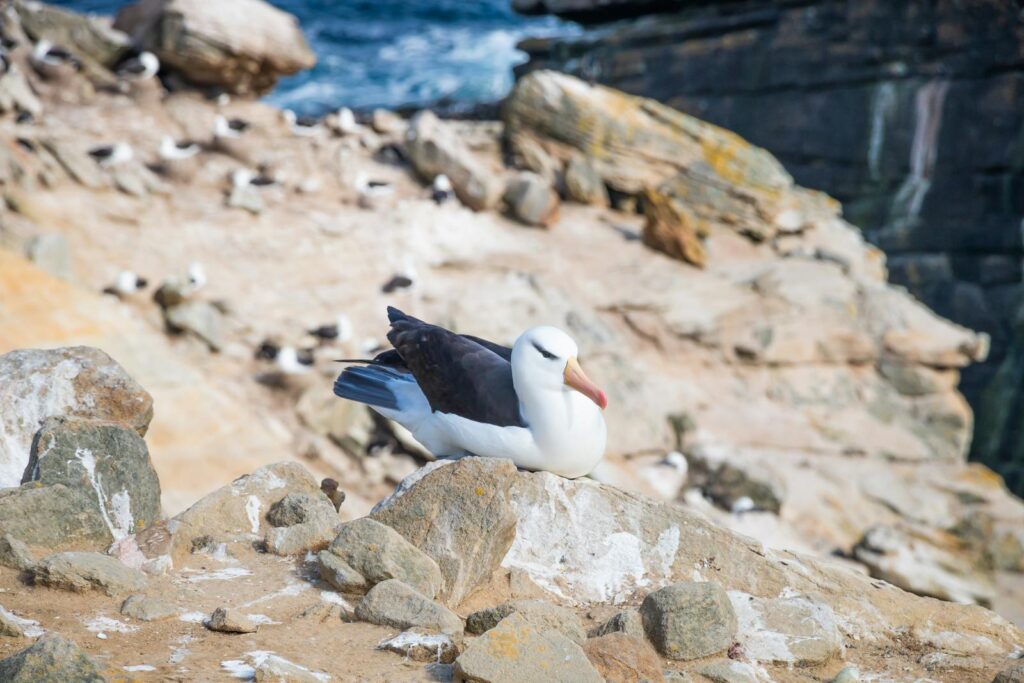
Albatrosses stand among the most severely impacted seabirds, with their feeding ecology and life history making them particularly susceptible to plastic pollution. These magnificent birds, which can live over 60 years and have wingspans exceeding 11 feet, skim the ocean surface for food, mistaking floating plastic fragments for their natural prey like squid and fish. The Laysan albatross of Midway Atoll has become a tragic poster species for this crisis, with studies showing nearly 100% of individuals have plastic in their stomachs despite nesting on remote islands thousands of miles from major population centers. Their exceptionally slow reproductive rate—laying just one egg every one to two years—means populations cannot quickly recover from unnatural mortality caused by plastic ingestion. Most devastatingly, parents unwittingly feed plastic to their single chick, with researchers documenting up to several hundred pieces in the stomachs of dead chicks, causing fatal gut blockages and starvation even as parents continue to forage and deliver what they believe is food.
The Geographic Hotspots of Seabird-Plastic Interaction
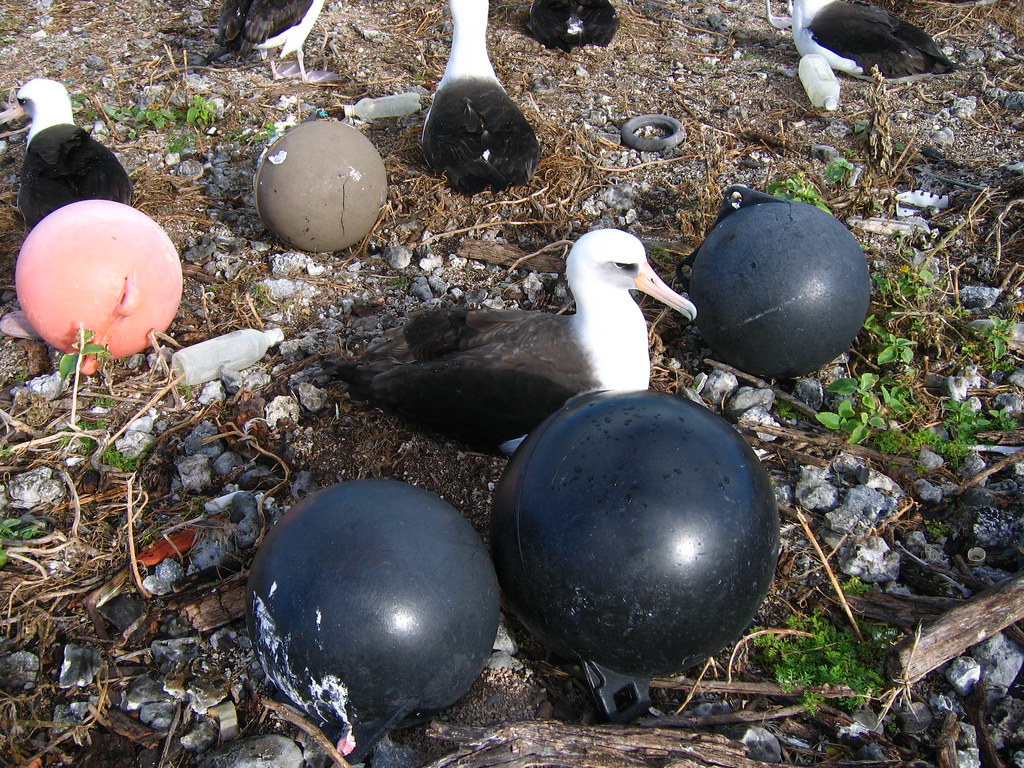
Certain regions have emerged as dangerous hotspots where seabirds face particularly high plastic exposure, often creating a perfect storm of pollution and biodiversity. The North Pacific Gyre, home to the infamous “Great Pacific Garbage Patch,” coincides with rich feeding grounds for dozens of seabird species, including albatrosses, shearwaters, and petrels that converge there to feed on natural prey but encounter a soup of plastic particles. The Mediterranean Sea, despite its relatively small size, contains some of the highest concentrations of plastic pollution globally due to densely populated coastlines, limited water exchange, and intense shipping traffic, threatening endemic and migratory seabird populations. Remote breeding colonies like Midway Atoll in the Pacific and Gough Island in the South Atlantic demonstrate that no location is too isolated for plastic impacts, with birds there containing plastic fragments collected thousands of miles away during oceanic foraging trips. Coastal industrial areas present a double threat, with both high plastic concentrations and elevated levels of chemical pollutants that adhere to plastic surfaces, creating toxic combinations that affect coastal species like gulls, terns, and cormorants.
The Impact on Seabird Populations and Biodiversity
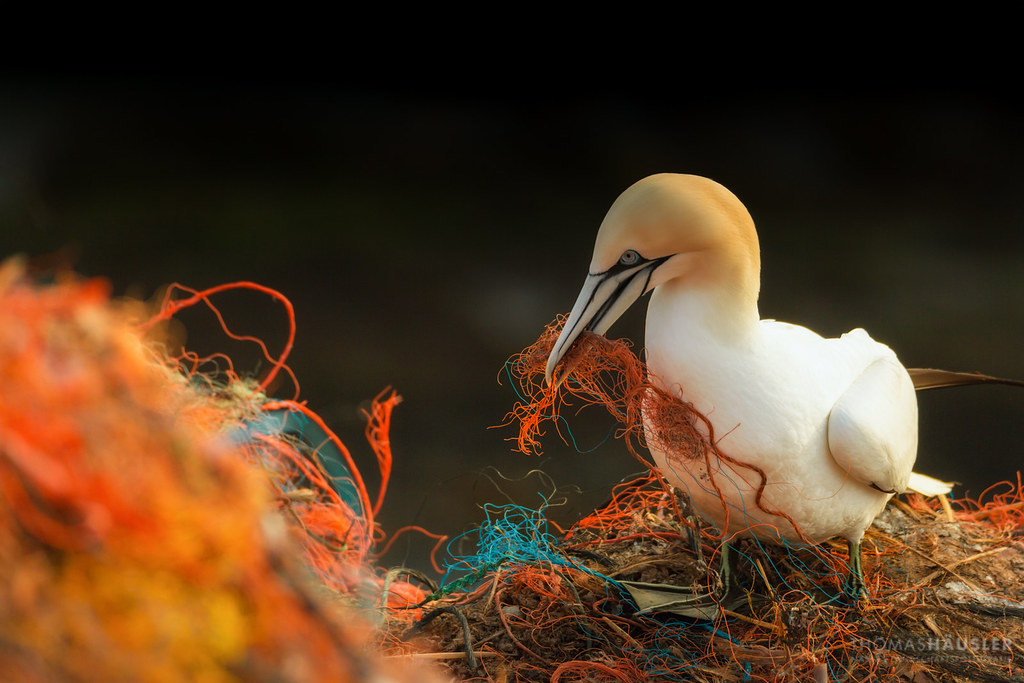
The cumulative effect of plastic pollution is now measurably impacting seabird population dynamics and contributing to biodiversity declines across multiple species. Conservative scientific estimates suggest plastic ingestion alone contributes to the mortality of over one million seabirds annually, with entanglement claiming hundreds of thousands more. Some populations, such as the flesh-footed shearwaters of Lord Howe Island, have declined by more than 40% in recent decades, with plastic pollution identified as a significant contributing factor alongside other threats. The sublethal effects—including reduced body condition, compromised immune function, and decreased reproductive success—ripple through populations even when not immediately lethal, creating long-term viability concerns for many species. With 28% of seabird species already listed as threatened on the IUCN Red List, the additional pressure from plastic pollution may push some vulnerable populations toward local extinctions, particularly for species with restricted ranges or already facing other anthropogenic threats like climate change, overfishing, and habitat loss.
Research Challenges and Breakthrough Findings
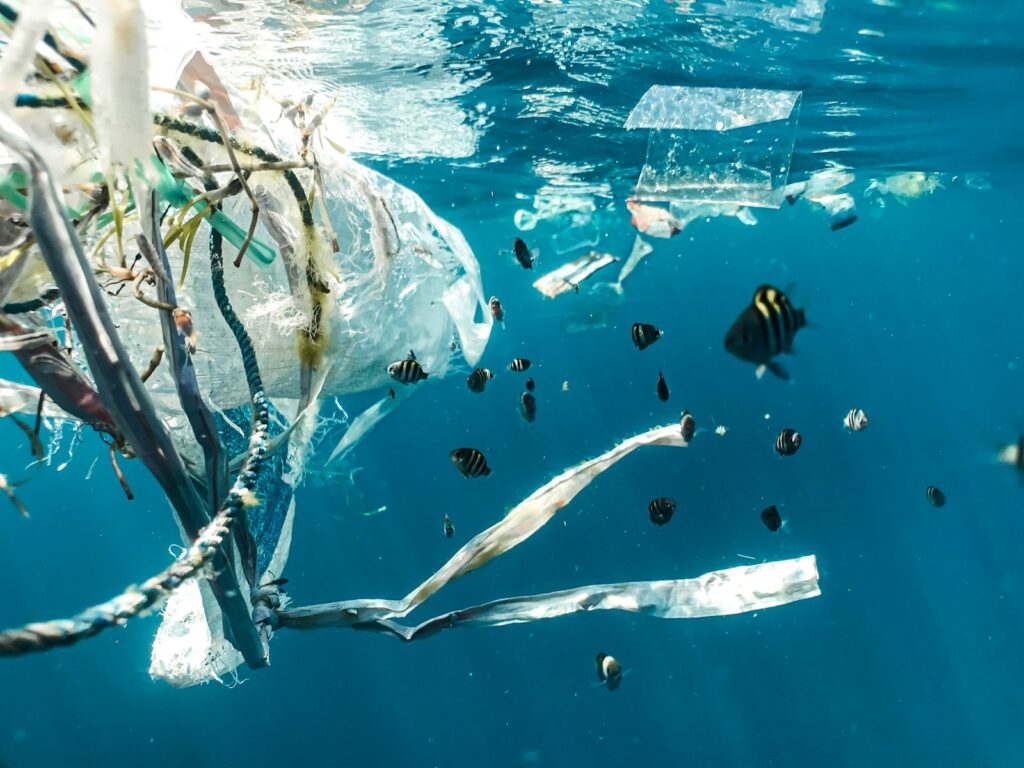
Scientists studying the intersection of plastic pollution and seabird health face significant research challenges while making important breakthroughs that enhance our understanding of this growing crisis. Tracking the long-term population effects presents particular difficulty because seabirds are long-lived species that breed on remote islands and spend most of their lives at sea, making comprehensive monitoring logistically challenging and expensive. Innovative tracking technologies, including miniaturized GPS trackers and time-depth recorders, have revolutionized research by allowing scientists to correlate foraging locations with plastic exposure hotspots, revealing why certain populations encounter more plastic than others. Sophisticated analytical techniques now enable researchers to identify not just the presence of ingested plastics but also the associated chemical signatures, revealing which industrial sources and polymer types most frequently impact specific species. Perhaps most concerningly, groundbreaking research published in 2023 demonstrated that microplastics can cross the blood-brain barrier in seabirds, potentially affecting cognitive function, navigation abilities, and behavioral patterns critical for survival in ways scientists are only beginning to understand.
The Link Between Plastic Production and Seabird Decline
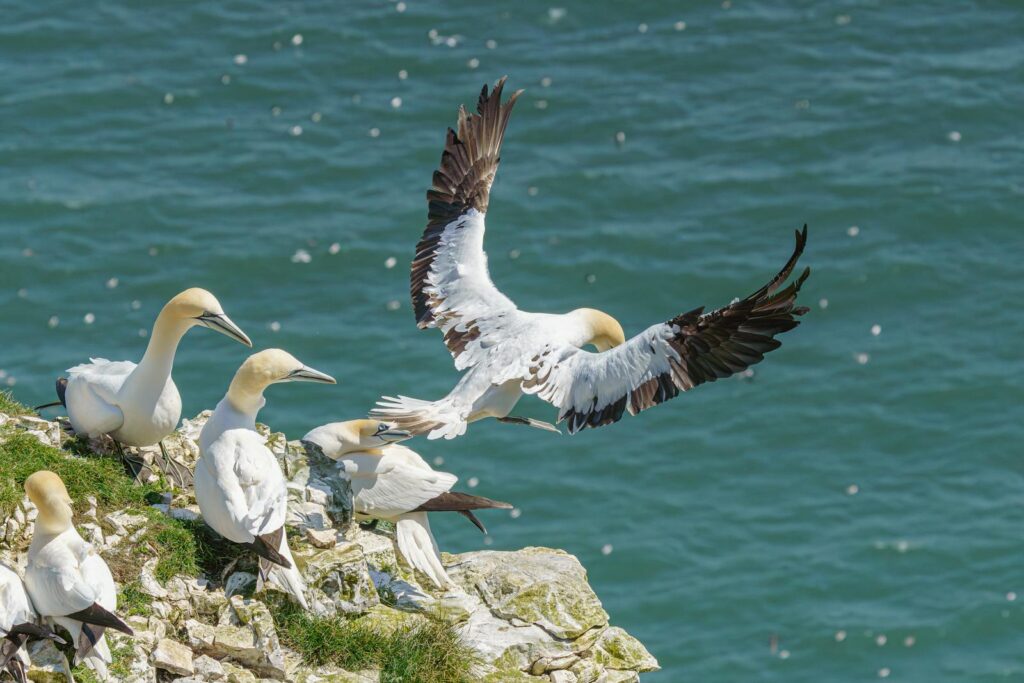
The direct correlation between global plastic production trends and increasing impacts on seabird populations reveals a troubling relationship that demands attention. Annual plastic production has skyrocketed from approximately 2 million tons in 1950 to over 380 million tons today, with production rates continuing to accelerate despite growing evidence of environmental harm. Historical specimens from museum collections allow researchers to document this relationship over time—seabirds collected before 1950 show virtually no plastic ingestion, while rates have increased decade by decade in parallel with production volumes, with today’s specimens routinely containing dozens of plastic pieces. Particularly damaging has been the shift toward single-use plastics and lightweight packaging that began in the 1970s, creating items especially prone to wind dispersal into marine environments and more likely to be mistaken for food by seabirds due to their size and buoyancy. Industry projections suggesting plastic production could triple again by 2050 paint a dire picture for seabird conservation unless production patterns and waste management systems undergo radical transformation.
Conservation Strategies Making a Difference
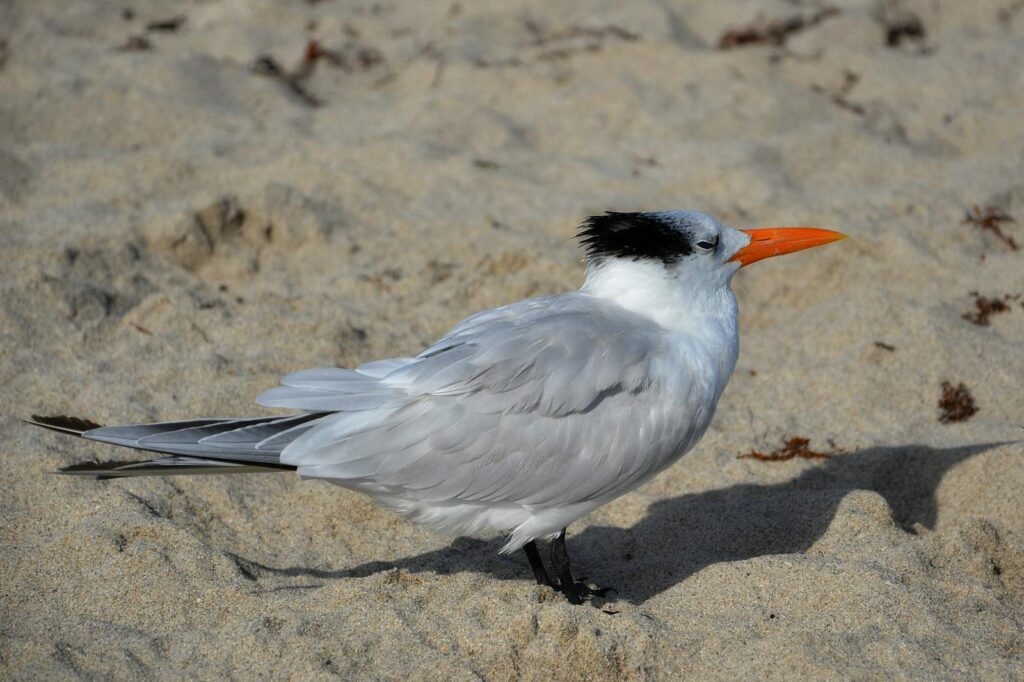
Despite the enormity of the plastic pollution crisis, targeted conservation strategies are demonstrating promising results in reducing impacts on vulnerable seabird populations. Beach cleanup initiatives specifically focused on seabird breeding colonies have shown measurable benefits, with programs in Hawaii and Australia documenting reduced plastic ingestion rates in local populations following sustained removal efforts. Fishing gear modifications, including biodegradable components for nets and lines, are being adopted in key fisheries, helping to address the particularly lethal threat of entanglement that claims thousands of diving seabirds annually. Educational programs targeting communities near breeding colonies have proven effective, with some island communities achieving significant reductions in local plastic waste through comprehensive education and infrastructure development. Perhaps most encouraging are collaborative efforts between conservation organizations, scientists, and industry partners to redesign packaging and products with seabird safety in mind, eliminating particularly hazardous items like plastic six-pack rings in favor of biodegradable alternatives designed specifically to minimize wildlife impact.
Policy Solutions: From Local to Global Action
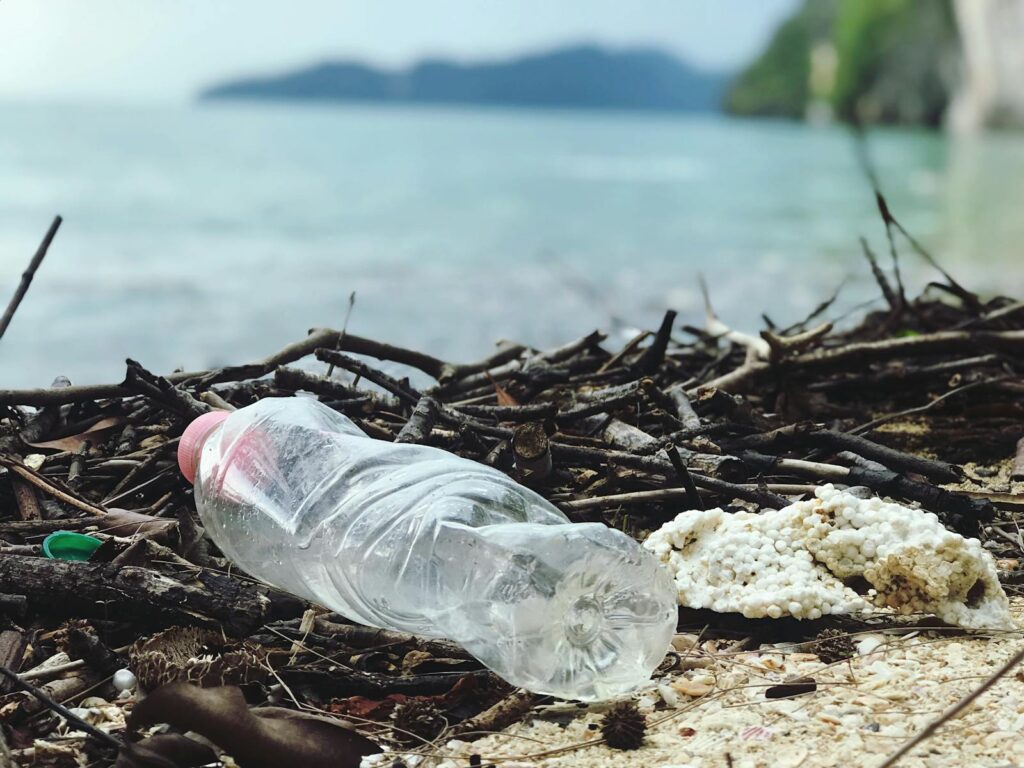
Effective policy interventions across multiple governance levels are proving crucial to addressing the systemic nature of plastic pollution affecting seabirds worldwide. Local ordinances banning single-use plastics have created measurable reductions in coastal litter, with studies showing up to 70% decreases in specific plastic items following implementation in coastal communities across California, Hawaii, and Australia. National legislation in progressive countries like New Zealand and Canada has established comprehensive strategies including extended producer responsibility requirements, ensuring manufacturers bear financial responsibility for the full lifecycle of plastic products they create. International frameworks are gaining momentum, with the historic 2022 UN resolution to develop a legally binding global treaty on plastic pollution representing a watershed moment that explicitly acknowledges wildlife impacts, including those on seabirds, as a primary motivation. Particularly promising are targeted fishing gear regulations that address “ghost fishing” through mandatory gear marking, retrieval programs, and deposit systems that have reduced abandoned equipment by over 30% in pilot regions like Norway and Chile, where implementation has been rigorous.
How Individuals Can Help Protect Seabirds
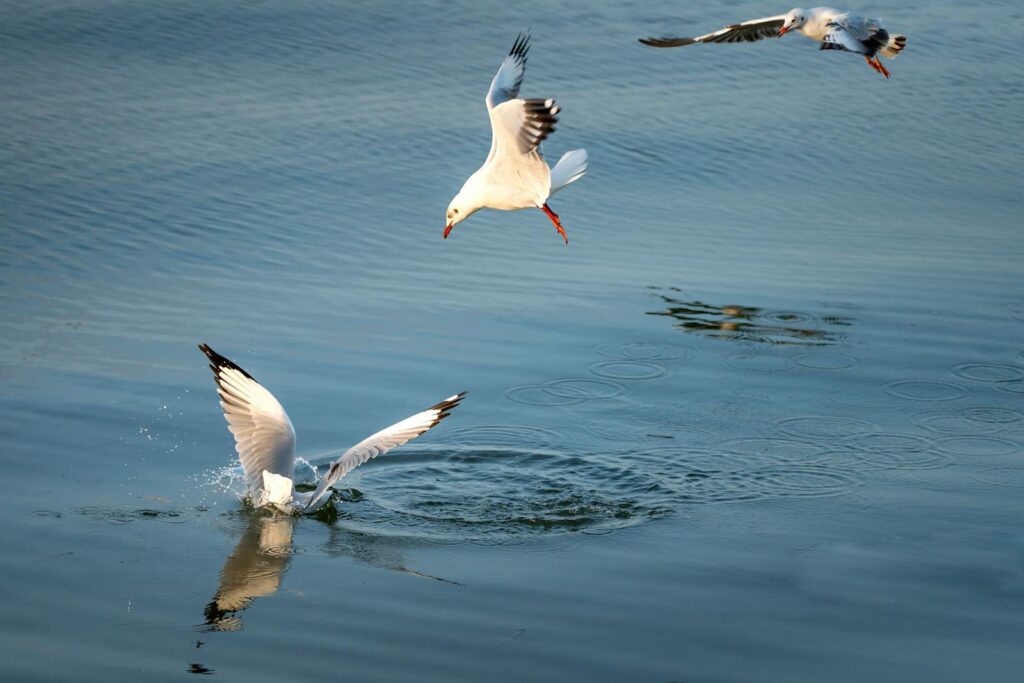
Individual actions collectively create a significant impact in reducing plastic pollution affecting seabirds, with several approaches offering meaningful contribution opportunities. Consumer choices represent a powerful starting point, with the refusal of single-use plastics—particularly the “top five” most commonly found in seabirds: bags, bottles, straws, cups, and food containers—directly reducing items most likely to enter marine environments. Participation in coastal cleanup events offers direct intervention, with organizations like Ocean Conservancy’s International Coastal Cleanup having removed over 340 million pounds of trash from beaches worldwide, preventing countless potential seabird interactions. Supporting seabird conservation organizations financially enables professional monitoring, rescue, and rehabilitation efforts, with groups like Albatross Task Force and BirdLife International documenting dramatic improvements in affected populations through dedicated programs. Perhaps most importantly, advocacy efforts—contacting representatives, supporting plastic pollution legislation, and amplifying awareness through social networks—help create the systemic changes needed to address the root causes of the crisis affecting these remarkable birds that connect our terrestrial world with the vast mysteries of the open ocean.
Conclusion
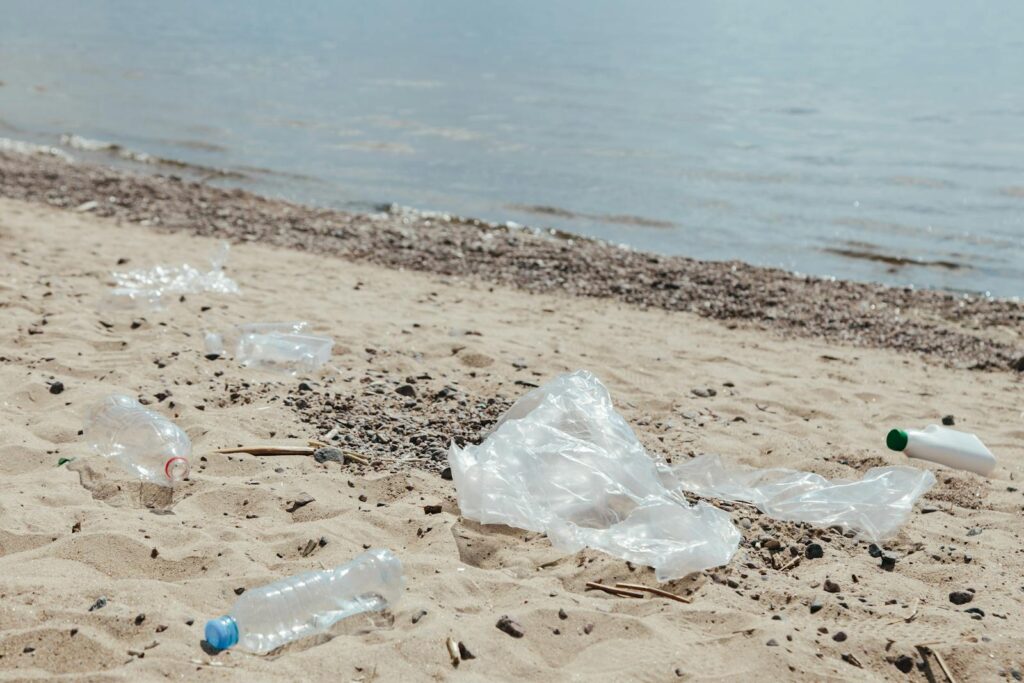
The crisis of plastic pollution threatening seabirds represents one of the most visible and urgent symptoms of humanity’s unsustainable relationship with plastic. From the albatross feeding plastic fragments to its chicks on remote Pacific islands to gulls entangled in fishing line along suburban shores, these birds are living indicators of a pollution problem that spans our globe. The scientific evidence is unequivocal—plastic is killing seabirds through ingestion, entanglement, and toxic exposure, contributing to population declines in numerous species already facing multiple anthropogenic threats. Yet amid this grim reality, hope emerges through the dedicated efforts of researchers, conservationists, policymakers, and everyday citizens working to turn the tide against plastic pollution. The plight of seabirds offers not just a warning but an opportunity—a chance to reconnect with these remarkable ocean wanderers by transforming our relationship with plastic and the marine environments we share. Their future, intertwined with the health of our oceans, depends on the choices we make today.
